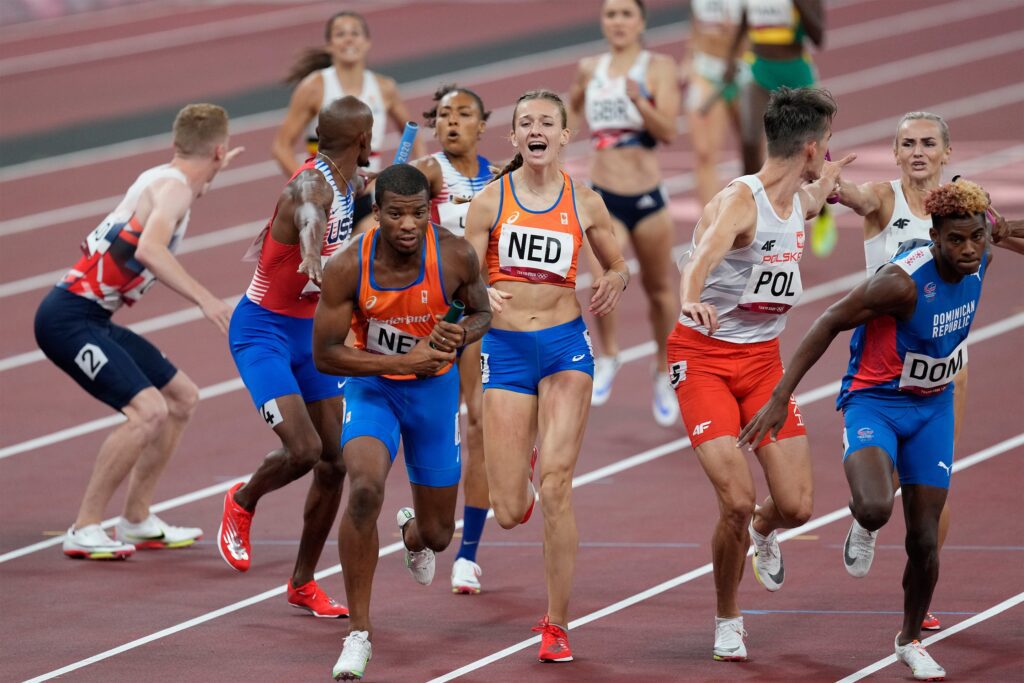The gaming industry is projected to reach $200 billion by 2023, but despite its popularity among both genders, there is still a significant gender gap in the industry. While women make up 46% of the total gamer population in the United States, only 22% of game developers are women. Reasons for the low level of female participation in the industry include a lack of diversity and inclusion, sexism, harassment, and a lack of female role models and mentors. Additionally, female characters in video games are often portrayed in a sexualized or stereotypical manner. Initiatives to promote diversity and inclusion are being launched to address the issue.
The Gender Gap in Gaming: A Look at Female Participation and Representation
Introduction
Gaming has become an increasingly popular and lucrative industry in recent years, with the global video game market projected to reach $200 billion by 2023. However, despite the popularity of video games among both genders, there still exists a significant gender gap in the industry. In this article, we will examine the current state of female participation and representation in the gaming industry.
Current State of Female Participation
A study by the Entertainment Software Association found that women make up 46% of the total gamer population in the United States. However, this does not necessarily translate to equal participation in the gaming industry itself. A report by the International Game Developers Association found that only 22% of game developers are women, and a study by Game Developers Conference showed that only 19% of game developers identify as female.
Barriers to Entry
One reason for the low level of female participation in the gaming industry is the lack of diversity and inclusion. Many women report feeling unwelcome or excluded from the industry due to sexism and harassment. Additionally, there is a lack of female role models and mentors in the industry, which can make it difficult for women to break into the field.
Representation in Gaming
In addition to low participation rates, there is also a lack of representation of women in video games themselves. A report by Women in Games found that only 22% of video game protagonists are female, and that female characters are often portrayed in a sexualized or stereotypical manner.
The Importance of Representation
Representation in media is important because it shapes our understanding of the world and influences our attitudes and beliefs. When women are underrepresented or poorly represented in video games, it can have negative effects on their self-esteem and sense of belonging in the gaming community.
The Future of the Industry
Despite the current gender gap in the gaming industry, there are signs of progress. More and more initiatives are being launched to promote diversity and inclusion in the industry, such as Women in Games International and the International Game Developers Association’s Diversity and Inclusion Initiative. Additionally, there has been a rise in female-led indie game development, which can serve as a launching point for women looking to break into the industry.
Conclusion
The gender gap in the gaming industry is a complex issue, but it is a problem that needs to be addressed if the industry is to continue to thrive. By promoting diversity and inclusion and encouraging more women to become involved in game development, the industry can become a more welcoming and innovative space for all gamers.
